OpenAI is a research company that aims to promote and develop “friendly” AI. Last year’s ChatGPT and DALLE-2 managed to take AI mainstream, and now the company is looking to make a few new friends, with Microsoft reportedly planning to pump $10 billion into the business.
But where did it all start? What’s the impact of AI? When will robots become sentient? Ok, we don’t know the answer to the last question, but you’ll still learn a lot. In today’s article, we dust off our crystal ball to take a look at the history of OpenAI and where it’s heading. 🔮
🤖 What Is OpenAI?
OpenAI came to life in 2015 in San Francisco as a joint initiative of Elon Musk, Sam Altman, Greg Brockman, Wojciech Zaremba, Ilya Sutskever, and John Schulman. The mission was simple but wildly ambitious—develop safe and open AI tools to empower (rather than eradicate) people.
“OpenAI’s mission is to ensure that artificial general intelligence (AGI)—by which we mean highly autonomous systems that outperform humans at most economically valuable work—benefits all of humanity.”
OpenAI Charter(1)
The company has since spawned an impressive lineup of tools including DALL·E, an AI image generator, and CodexAI powering GitHub’s coding suggestion tool CoPilot.
But all those things were just an appetizer.
Last year, OpenAI became the hottest brand in the tech space thanks to ChatGPT, a powerful and eerily unnerving AI chatbot based on the company’s flagship GPT-3 language model. And contrary to the naysayers, it proved more than autocomplete on steroids.
So, let’s wind back the clock and see where it all started.
🥚 The History of OpenAI
The Early Days of Artificial Intelligence
So, what makes artificial intelligence?
It’s simple. Add a dash of magic, sprinkle with fairy dust, and mix in a whole lot of caffeine-fueled all-nighters from computer scientists and engineers.
Ok, the answer is a tad more complicated than that.
Over the course of human history, we’ve been trying to animate objects and give them human-like qualities. But the first person who really pushed the needle was Alan Turing.
Turing’s research in the early 1950s laid the foundation for modern computer science. AI was still a thing out of fiction novels, but it was enough to get more brilliant minds on board. That merry bunch included John McCarthy who coined the term “artificial intelligence” in 1956.
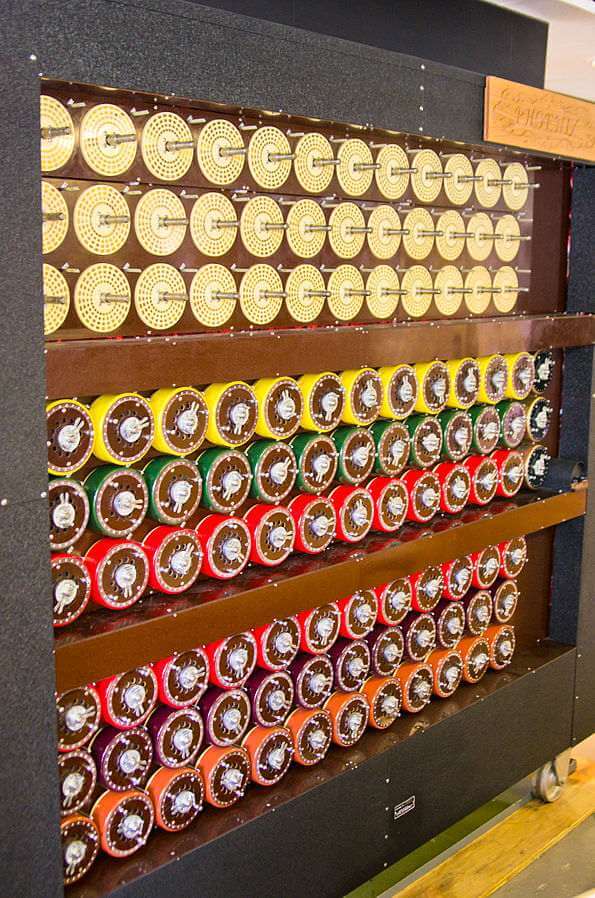
Two years later, McCarthy and his colleagues set up the Artificial Intelligence project at MIT. The future of AI research was starting to look bright, if only a little too optimistic.
After the initial interest, the AI bubble burst and funding dried up, mostly because of disappointing results and limited computing power. Some call this period the first “AI winter.”
In the 1990s, advancements in machine learning and natural language processing (NLP) put artificial intelligence back in the spotlight. And a few publicity stunts helped it stay there.
In 1997, IBM’s computer “Deep Blue” beat the World Chess Champion Garry Kasparov in a six-game match. That was AI’s second triumph after a different computer named “The Oracle” had outmatched a Jeopardy! champion Ken Jennings a year earlier.
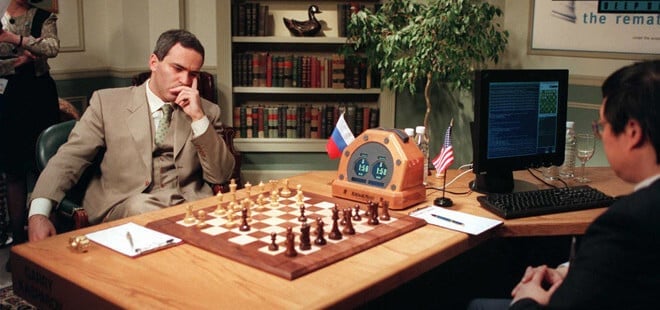
Image credit: kasparov.com(3)
The early 2000s brought interesting developments like the explosion of big data, more refined algorithms, and increasing computing power. The door to advanced AI systems was wide open.
OpenAI Joins the Party (2015–2017)
Over 65 years after Turing’s breakthrough paper, the rapid expansion of AI systems raised a few eyebrows. It also made some people worried about the direction it was heading.
In 2015, former Y Combinator CEO Sam Altman and business “magnet” Elon Musk spearheaded an initiative for safe and open AI development. And that’s where the history of OpenAI began.
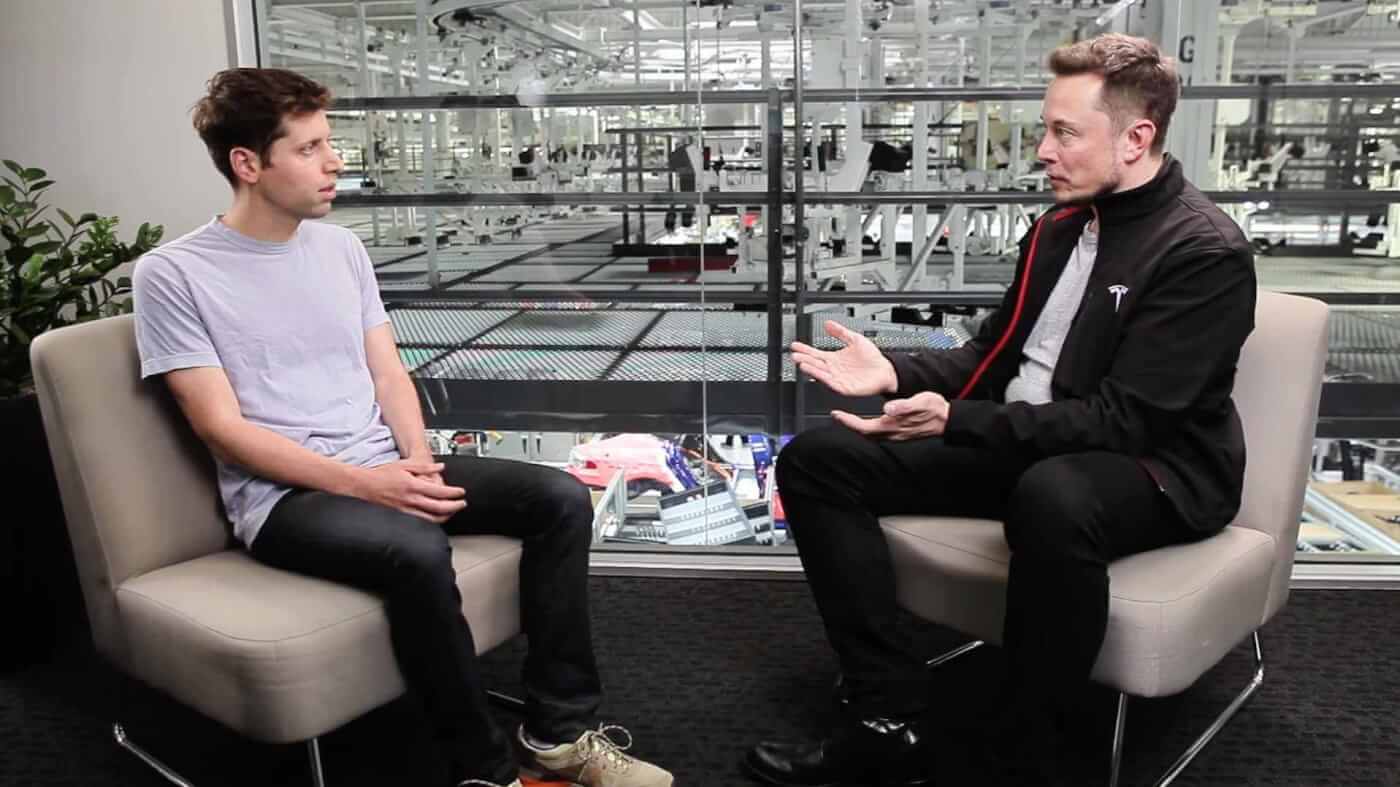
Image credit: Y Combinator(4)
Even before founding the company, Altman and Musk had expressed concerns about the risks and opportunities of AI technology, at some point calling it: “the greatest threat to humanity.”
The company Initially focused on developing artificial intelligence for video games and other applications. In 2016, it released its first tools, an open-source toolkit for reinforcement learning (RI) OpenAI Gym and Universe which was essentially a test-bed for training AI agents.
Pivot and Growth (2017–2019)
In the two years that followed, OpenAI focused on more general AI research and development.
In 2018, the company released a paper “Improving Language Understanding by Generative Pre-Training”—introducing the concept of a Generative Pre-trained Transformer (GPT).
In a nutshell, GPTs are neural networks—machine learning models inspired by the structure and function of the human brain— trained on a large dataset of human-generated text. It can perform many functions like generating and answering questions, among other things.
It can also write haikus about itself, like this one:
ChatGPT’s mind vast,
Answers flow with ease,
AI’s tongue at last.
Anyways… the OpenAI team put their money where their mouth was and developed GPT-1, their first language model “trained” on the BookCorpus containing over 7000 unpublished books.
The model eventually evolved into GPT-2, a more powerful version trained on 8 million web pages and containing 1.5 billion parameters (trained values that make text prediction possible).
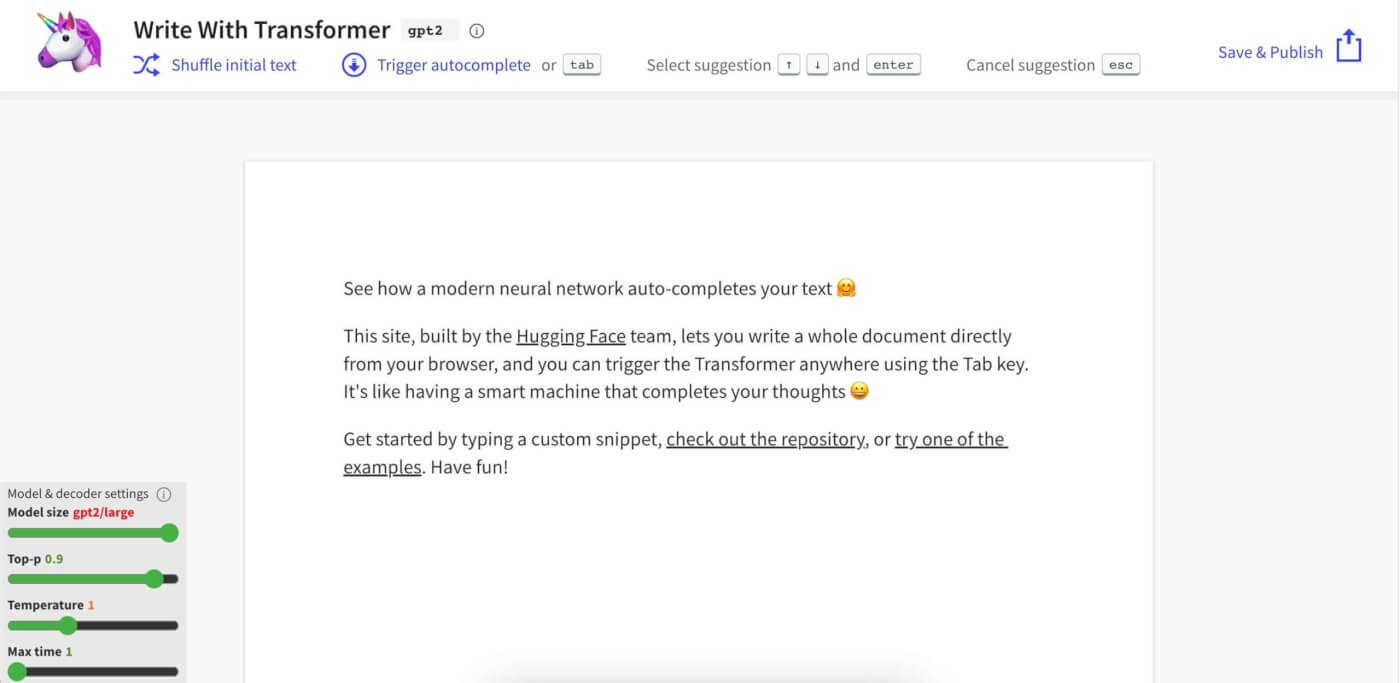
At that point, the company pivoted from its lofty goal of “open” AI (pun not intended) and initially decided not to release GPT-2 to the public.
The (official) reason?
According to an OpenAI blog announcement, the team was afraid that GPT-2 could be used to write scam emails or generate fake news. And that made perfect sense. After all, great power comes with great responsibility (thanks, Peter Parker).
The company’s pivot from its founding philosophy coincided with Elon Musk leaving the board of OpenAI in 2018. Musk also expressed concern that OpenAI was not focusing enough on the risks associated with AI and was instead prioritizing commercial applications of the technology.
In 2019, OpenAI made another controversial decision to transition to a “capped-profit” organization and established OpenAI LP, “a hybrid of a for-profit and nonprofit.”
DALL·E, GPT-3 and ChatGPT (2021–)
In 2021, OpenAI released DALL-E, an AI using a similar architecture to GPT-2. Instead of generating text, DALL-E—a portmanteau of WALL-E and the Spanish surrealist artist Salvador Dalí—could create photorealistic images, seemingly out of thin air.
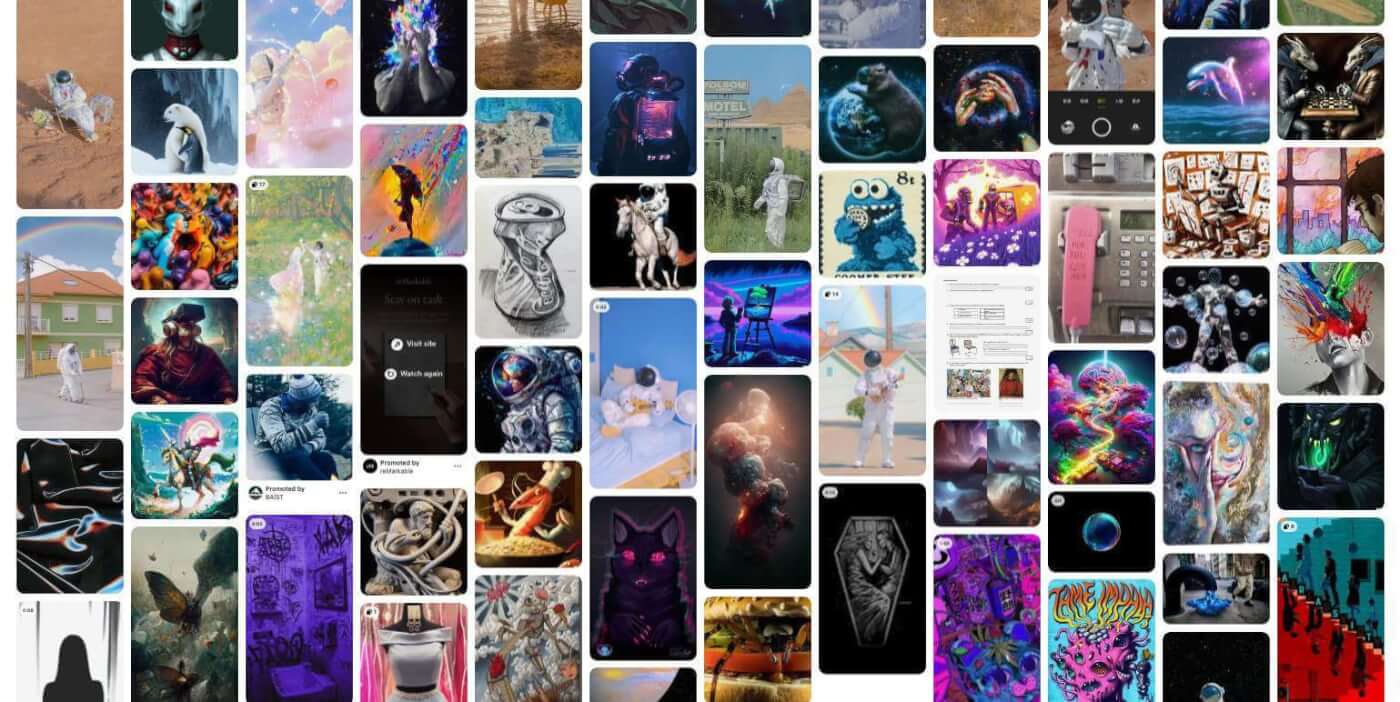
In 2022, OpenAI pushed the needle again with GPT-3. An iteration of the two previous models, GPT-3 was fed 45TB of text data that translated into 175B parameters. It was smarter, faster, and more terrifying than anything we had seen before.
To make that possible, Microsoft designed a supercomputer for OpenAI that included 285,000 CPU cores and 10,000 GPUs. It was also #5 in the ranking of Top500 supercomputers.
The success of GPT-3 spawned another monster in disguise.
In November 2022, OpenAI released ChatGPT, a language model chatbot built on top of GPT-3.
One of the most jaw-dropping aspects of ChatGPT is its ability to understand context—the chatbot can generate answers and adjust them based on the conversation history. This means you can “train” ChatGPT within a conversation thread to get more accurate answers.
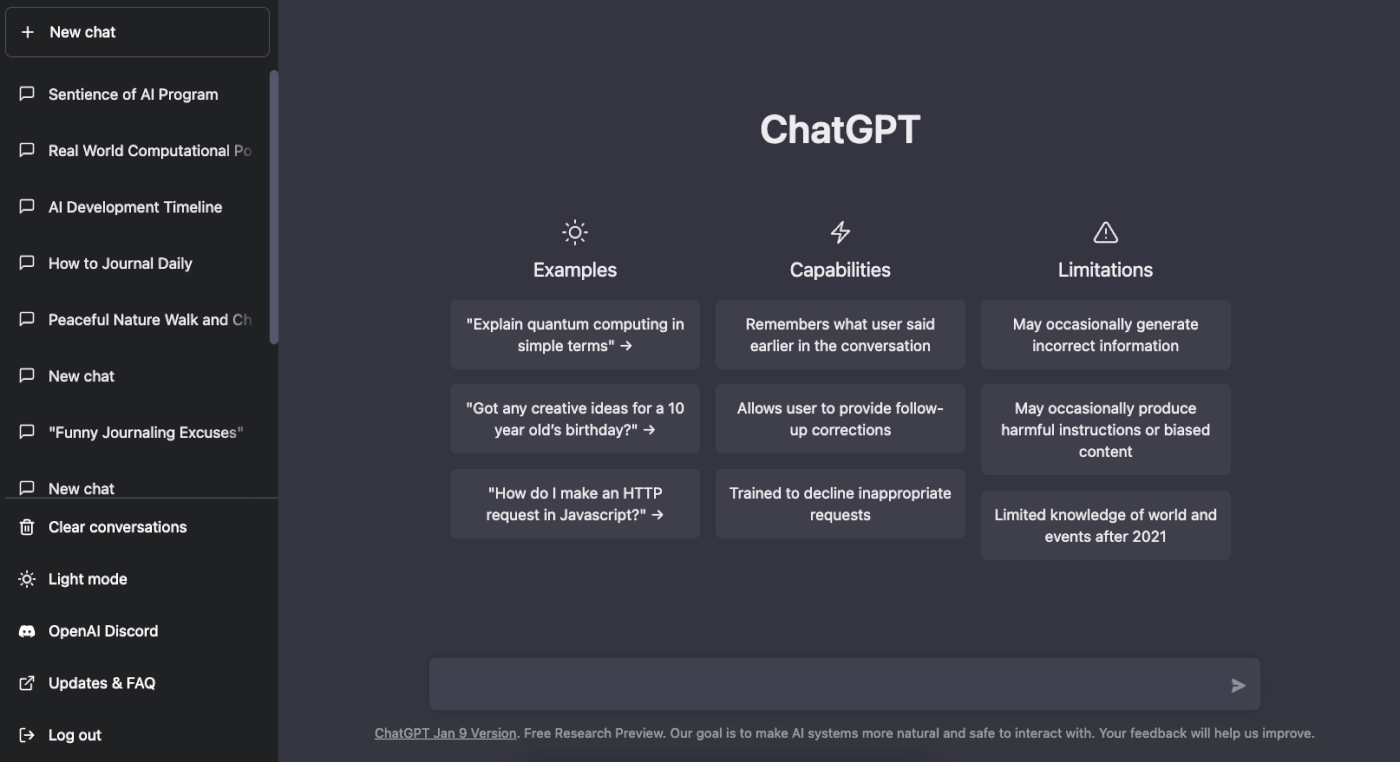
For many, the interaction with ChatGPT or DALL-E 2—DALL-E’s successor released the same month—was the first (conscious) and surreal contact with AI. It wasn’t exactly love at first sight. But it made one thing clear—the future is AI, and it’s already here.
(update) The GPT-4 Monster
The growth of AI is like watching a toddler taking first wobbly steps. It’s adorable and concerning, especially considering that GPT-4 is already here, mere 4 months after its predecessor.
According to OpenAI, GPT-4 is 40% more likely to provide accurate replies—well, we’ll see about that—and 82% less likely to produce output that breaks OpenAI’s content policy.
The new iteration of the model can “understand” visual input, which means that you can feed it images on top of text-based commands. It also drops one of the key limitations of ChatGPT and bumps the token limit to 8,192 tokens or roughly 25,000 words.
OpenAI claims GPT-4 is smart and more creative—whatever that means in the case of artificial intelligence—than its predecessors. All thanks to advancements in its underlying architecture, increased training data (including human trainers), and more sophisticated algorithms.
GPT-4 is currently available to ChatGPT Plus subscribers or as a standalone API that’s already powering a number of apps like Duolingo, Stripe, and (a shameless plug) Taskade.
Whether we like it or not, the genie is out of the bottle—AI will disrupt many industries in the coming years. We can only hope that the original goal of OpenAI is still somewhere out there.
🔎 Microsoft Bing + ChatGPT
The big funding coming from Redmond has strengthened OpenAI’s ties with Microsoft, and that collaboration is just starting to bear fruit. In February 2023, Microsoft announced it will be integrating ChatGPT into two of its flagship products, Microsoft Edge and the Bing search engine.
The implementation is taking place under what Microsoft calls the “Prometheus” model and is set to introduce a host of new features and search capabilities:
Today, we’re launching an all new, AI-powered Bing search engine and Edge browser, available in preview now at Bing.com, to deliver better search, more complete answers, a new chat experience and the ability to generate content. We think of these tools as an AI copilot for the web.
Yusuf Mehdi, Corporate Vice President & Consumer Chief Marketing Officer(6)
Microsoft is no stranger to moving fast, so and we can expect to see even more exciting developments in the market of AI-powered search engines in the near future.
🤯 The OpenAI x Sam Altman Drama
OpenAI has been on a successful streak since the late 2022. But toward the end of last year, a series of leadership changes rocked the company and ended in Sam Altman being ousted by the boars.
It all started with the company announcing that Altman would step down as both CEO and a board member due to issues related to his communications with the board. But it wasn’t long after the decision when reports that OpenAI’s board was reconsidering its decision emerged.
This leadership turmoil had a ripple effect within the company. Almost 500 employees threatened to leave unless the board resigned and reinstated Altman and Brockman who had also left with Altman.
While all that drama was unfolding at OpenAI, Microsoft stepped in. The company announced that both Altman and Brockman were going to join them to head up a new AI research lab.
A few months have passed since all that drama at OpenAI, and we’re still piecing things together. But one thing’s for sure, there have been some big changes over there.
Sam Altman did a bit of a boomerang — he left his CEO spot and came back, with Greg Brockman tagging along as president. And Illya Sutskever? Well, after being involved in the initial decision-making, he publicly expressed regret over his role in the events.
🤔 So, What Makes OpenAI Different?
Cross-Pollination of Ideas
OpenAI is uniquely positioned in the industry. It has a set of viable products, the best talent in the game, and great publicity, spun in large part by last year’s ChatGPT and DALL-E 2.
And it’s much easier to make friends and share ideas when you have something to show.
In 2022, Greylock Partners—LinkedIn’s founder Reid Hoffman is one of the partners at Greylock—started a collaboration with OpenAI and AdeptAI labs, among others, to develop AI tools that will “empower humans” rather than take over our jobs.
By engaging with partners across different industries, OpenAI can expand into new areas like healthcare, transportation, and finance. Plus, there’s the hard-to-turn-down opportunity to access a vast amount of real-world customer data to train its AI models.
It seems like a win-win for everybody, at least for now.
Responsible AI Development
Ethics in AI is like trying to teach a robot to tell jokes, it’s always a little bit off.
Said AI in a perfectly composed tone.
Ok, let’s get serious for a moment.
Despite the pivot from its original goal, OpenAI did a splendid job of highlighting the issue of responsible AI development. And it’s not a discussion we can keep sweeping under the rug.
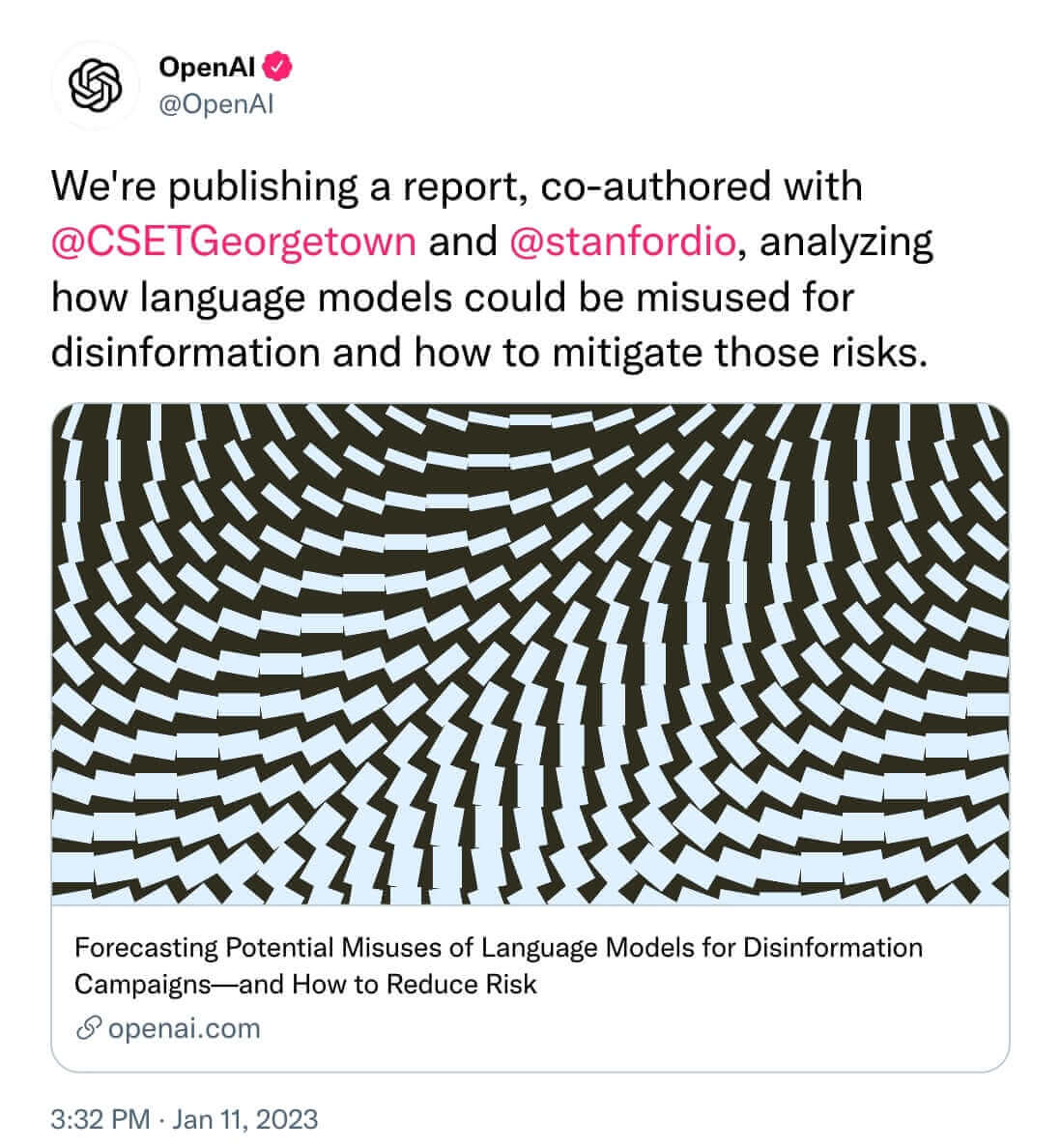
But the team also made a few blunders on the way.
Shortly after the launch of DALL-E 2, some artists noticed that the images generated by the tool resembled their own artwork. It didn’t help that the images included traces of blurred signatures which sparked perfectly justified dissatisfaction with OpenAI’s data collection practices.
Of course, unrestricted access to tools like ChatGPT poses a few other risks.
Some teachers and academics are concerned that AI tools may hurt students’ performance and credibility. Some have already caught their students cheating on exams using ChatGPT.
Of course, the responsibility for safe and ethical use of AI systems lies both with its creators and end users. But at this point, it’s still very much uncharted territory.
Unique Ownership Structure
Ever since the delayed launch of GPT-2, OpenAI has been silently inching away from its original goal of open, accessible, and safe AI development. The team has also been heavily criticized for the lack of transparency around its financial operations.
Developing AI systems is obscenely expensive, so OpenAI has to walk the line between financial stability and its mission. That’s a hell of a nut to crack when you’re in a race.
In 2019, OpenAI did just the opposite and restructured into a “capped-profit” company. A move that sparked a wave of criticism and put many AI researchers in a defiant mood.
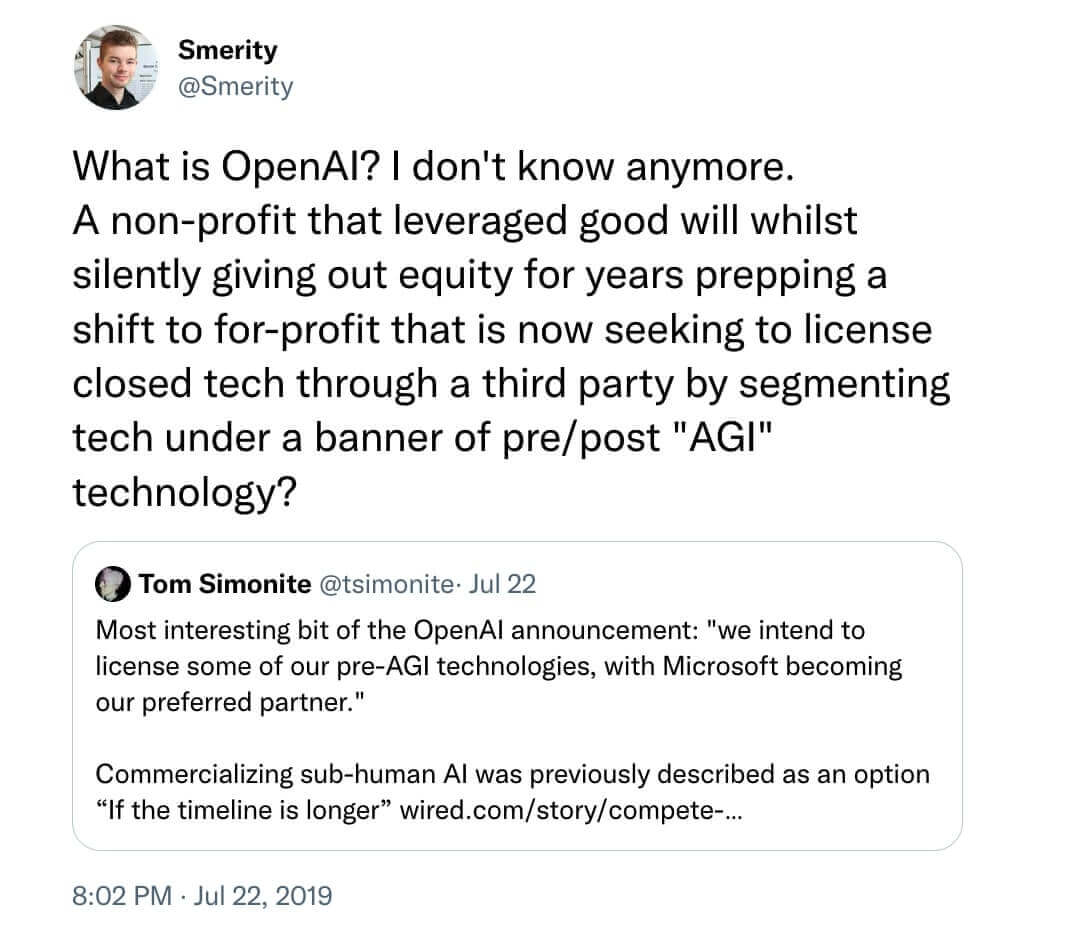
Latest rumors say Microsoft is planning another massive investment worth $10 billion, a move that will likely push the company further away from its open-source pedigree.
⚡️ Potential Benefits of OpenAI
It’s hard to predict how the development of ChatGPT and other tools by OpenAI will shape the world. One thing is certain—it will disrupt many industries in the coming years.
The emergence of powerful neural networks is a great opportunity that may help to address complex problems that would be difficult for humans to solve alone.
AI systems are already hard at work reviewing X-Ray and CT (computer tomography) scans, analyzing patient records, overseeing public transportation, and even optimizing crop yields.
Tools like ChatGPT can transfer those benefits to other fields like education, marketing, financial services, and customer care. Of course, the changes will come with a fair share of risk.
Whether we like it or not, the future of AI is in the hands of companies like OpenAI which will play a critical role in shaping the landscape and defining what “safe” and “beneficial” use means.
And now, let’s drop the serious tone, and have some fun.
👉 How to Get Started with OpenAI’s ChatGPT
If you somehow haven’t played with ChatGPT, you can try it for yourself for free.
All you have to do is go to https://chat.openai.com/chat and create a new account.
ChatGPT looks like any garden-variety chatbot, except it’s the AI serving the answers.
Here’s how it works.
Enter a prompt in plain English and wait for ChatGPT to generate an answer. You can ask questions, solicit jokes, solve math problems, or get relationship advice (use at your own risk).
Keep in mind that the answers may be incorrect or biased since ChatGPT has been trained on data collected from the internet until 2021. But who doesn’t make mistakes?
💡 Pro Tip: Run out of ideas or not sure where to start? Taskade AI includes a gallery of prompt templates you can use in Taskade or in other prompt-based AI tools out there!
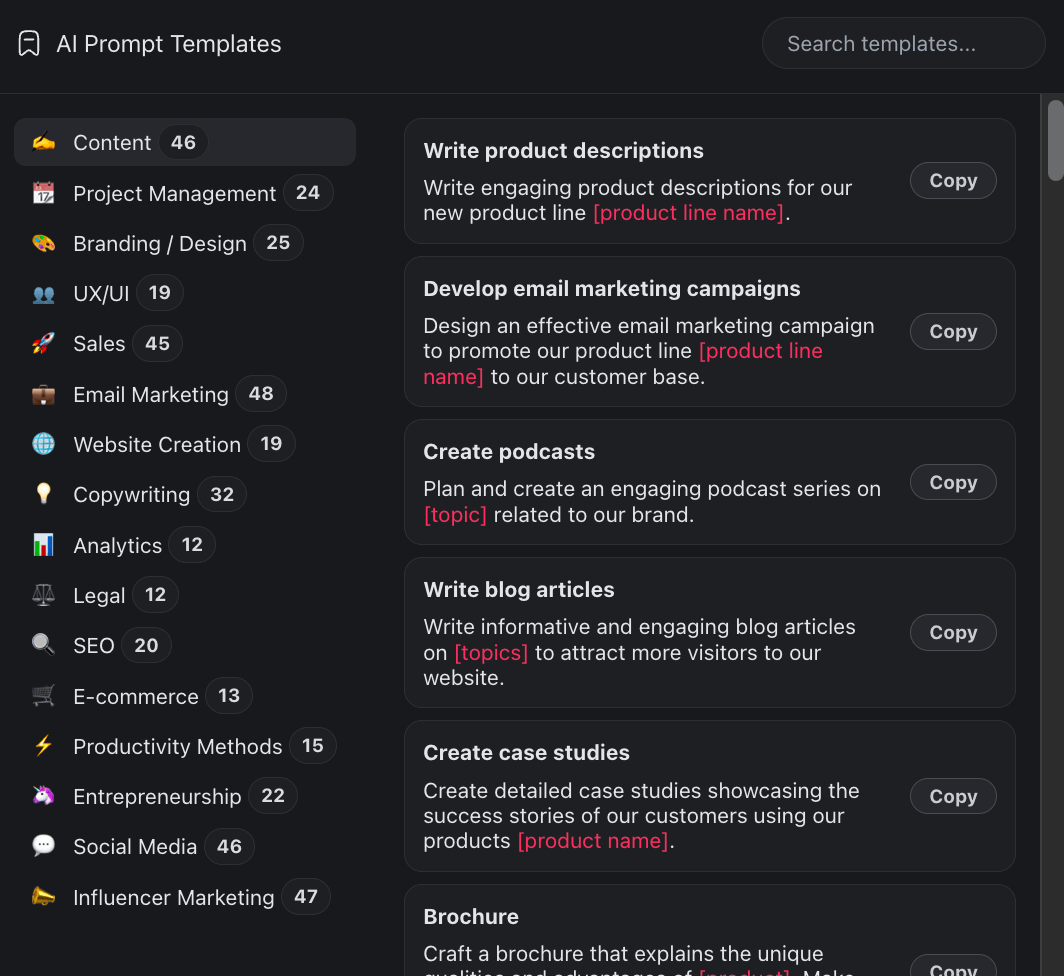
Have fun!
🚀 Quo Vadis, OpenAI?
AI tools can be incredibly helpful in life and business. They can automate repetitive tasks, provide personalized insights, and dramatically improve the quality of products and services. That’s as long as we commit to using them responsibly.
While OpenAI’s ChatGPT is still a far cry from Vinge’s “singularity,” the looming $10 billion funding round from Microsoft may get it there sooner than later. We can only hope that the people holding the reins will hold them tight enough to contain the potential dangers.
But Altman and CO are not the only fish in the game. There are rumors that Elon Musk is developing a ChatGPT competitor that would have fewer limitations and safeguards. Musk has reportedly approached former DeepMind engineer Igor Babuschkin to work on the project.
One thing is clear—whether we’re ready or not, we’re heading towards a technological future where artificial intelligence will become a constant in our personal and professional lives.
🐑 Before you go… Looking for an AI tool that can seamlessly integrate with your task and project management workflow? Taskade AI has you covered!
- 💬 AI Chat: Got a question about your project? The AI Chat will give you all the answers and help your team stay on the same page. Decision-making has never been easier.
- 🤖 AI Agents: Tired of repetitive tasks? Let Taskade’s AI Agents handle them. Agents work in the background, help your team save time, and let you focus on the big picture.
- ✏️ AI Assistant: Planning and organizing? You can use the AI Assistant to brainstorm ideas, generate content, organize tasks, and ensure you always know what to do next.
- 🔄 Workflow Generator: Starting a project can be a puzzle. Describe your project and the Workflow Generator will set things up for you, giving you a clear path to follow.
Want to give Taskade AI a try? Create a free account and start today! 👈
🔗 Resources
- https://openai.com/charter/
- https://en.wikipedia.org/wiki/Bombe#/media/File:Bletchley_Park_Bombe4.jpg
- https://www.kasparov.com/timeline-event/deep-blue/
- https://www.youtube.com/watch?v=tnBQmEqBCY0
- https://openai.com/blog/chatgpt
- https://blogs.microsoft.com/blog/2023/02/07/reinventing-search-with-a-new-ai-powered-microsoft-bing-and-edge-your-copilot-for-the-web/
💬 Frequently Asked Questions About OpenAI
Who is the CEO of OpenAI?
Sam Altman is an American entrepreneur who has been the CEO of OpenAI since December 2019. Prior to his role at OpenAI, he was the president of a startup accelerator Y Combinator. He has also been involved in several startups as a founder, advisor, or investor.
Does Elon Musk still own OpenAI?
Elon Musk was one of the co-founders of OpenAI, but he stepped down from the board and is no longer associated with the company. While Musk had motivated his departure with a potential conflict of interest, he later admitted he didn’t agree with some decisions made by the company.
Was OpenAI founded by Elon Musk?
Elon Musk, who is a well-known entrepreneur and business leader, was one of the co-founders of OpenAI. He stepped down from the board in February 2018, but he was one of the early investors and supporters of the company.
What Is ChatGPT Plus?
ChatGPT Plus is a paid version of the AI-powered language model. The subcriber-only version costs $20 a month and boasts faster response times. It also unlocks early access to new features and updates before they are rolled out to free users.
Is OpenAI owned by Microsoft?
OpenAI Inc is an independent “capped-profit” tech company and is not owned by Microsoft. However, in 2019, Microsoft announced a strategic partnership with OpenAI to develop advanced AI technologies and create new AI-based products, services, and tools.
How much did Microsoft pay for OpenAI?
Microsoft announced a strategic partnership with OpenAI in 2019, As part of the deal, the company invested $1 billion in OpenAI, with another $10 billion coming in 2023.
What programming language does OpenAI use?
According to OpenAI’s GitHub page, the company uses a variety of programming languages for its projects and research including Python, C++, JavaScript, Ruby, and Jupyter Notebook.
What company owns OpenAI?
OpenAI operates as an independent tech company with its own mission and goals, but it does have partnerships with companies like Microsoft to develop its products and services.
Is OpenAI a company?
Yes, OpenAI Inc is a tech company. It is a private artificial intelligence research laboratory consisting of the for-profit OpenAI LP and its parent company, the non-profit OpenAI Inc. Its overarching goal is to promote and develop friendly AI in a way that benefits humanity as a whole. Visit the official OpenAI blog to learn more.
When was OpenAI founded?
OpenAI Inc was founded in December 2015 by Elon Musk, Sam Altman, Greg Brockman, Ilya Sutskever, Wojciech Zaremba, and John Schulman as a non-profit research company. OpenAI offers a set of AI services, such as the GPT-3 language model, to developers and companies through its OpenAI GPT-3 Playground and OpenAI API. Visit the official OpenAI blog to learn more.
Is OpenAI owned by Google?
OpenAI is not owned by Google nor does it collaborate on developing artificial intelligence with its parent company Alphabet. Some believe that OpenAI’s emerging tools and services can bring major disruption to the search engine market and threaten Google’s position in the future.
What is the purpose of OpenAI?
The purpose of OpenAI is to promote and develop friendly AI in a way that benefits humanity as a whole. It aims to achieve this by conducting research and development in AI, sharing the knowledge and tools developed, and partnering with other organizations.
Who was OpenAI founded by?
OpenAI was founded by Elon Musk, Sam Altman, Greg Brockman, Ilya Sutskever, Wojciech Zaremba, and John Schulman.
Is OpenAI a startup?
OpenAI is not a startup in the traditional sense; it is a “capped-profit” research company. A startup is a company that is in the initial stages of business, usually characterized by a small number of employees and limited operating funds, with the goal to grow rapidly.



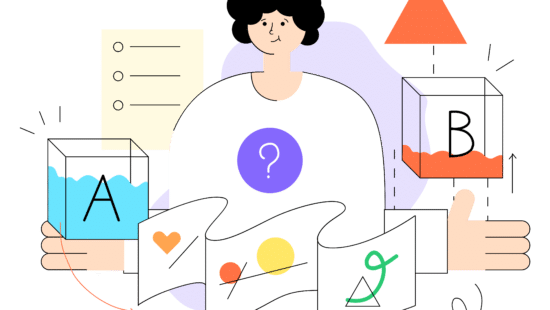 Agentic AI Systems — The Next Evolution of Work
Agentic AI Systems — The Next Evolution of Work  AI Agent Builders: Empowering A World of Automation
AI Agent Builders: Empowering A World of Automation  How To Humanize AI Generated Content — Build An AI Agent That Does It For You
How To Humanize AI Generated Content — Build An AI Agent That Does It For You 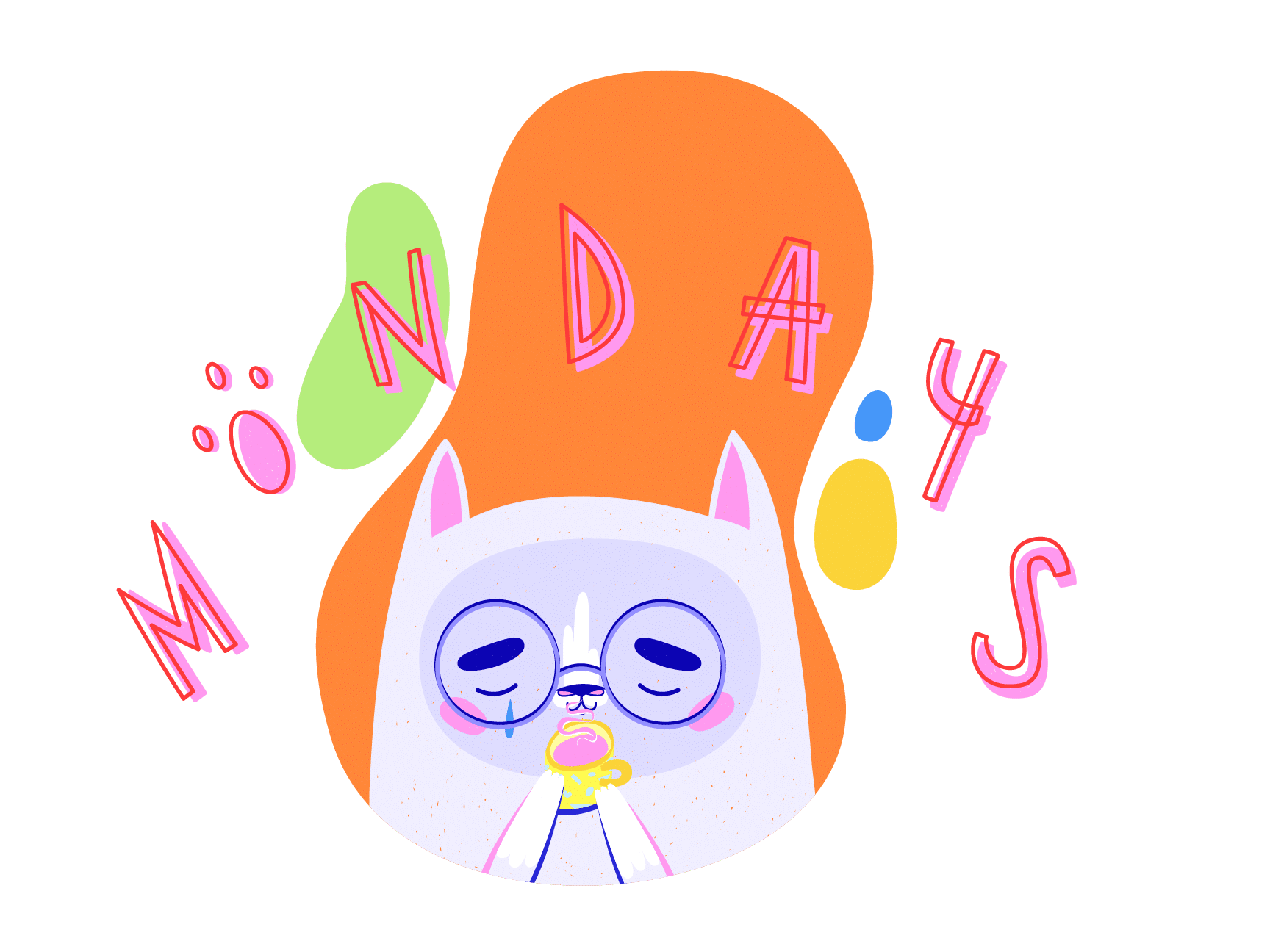 From Distraction to Action: AI For ADHD Productivity
From Distraction to Action: AI For ADHD Productivity  12 Best AI Tools for Coding
12 Best AI Tools for Coding 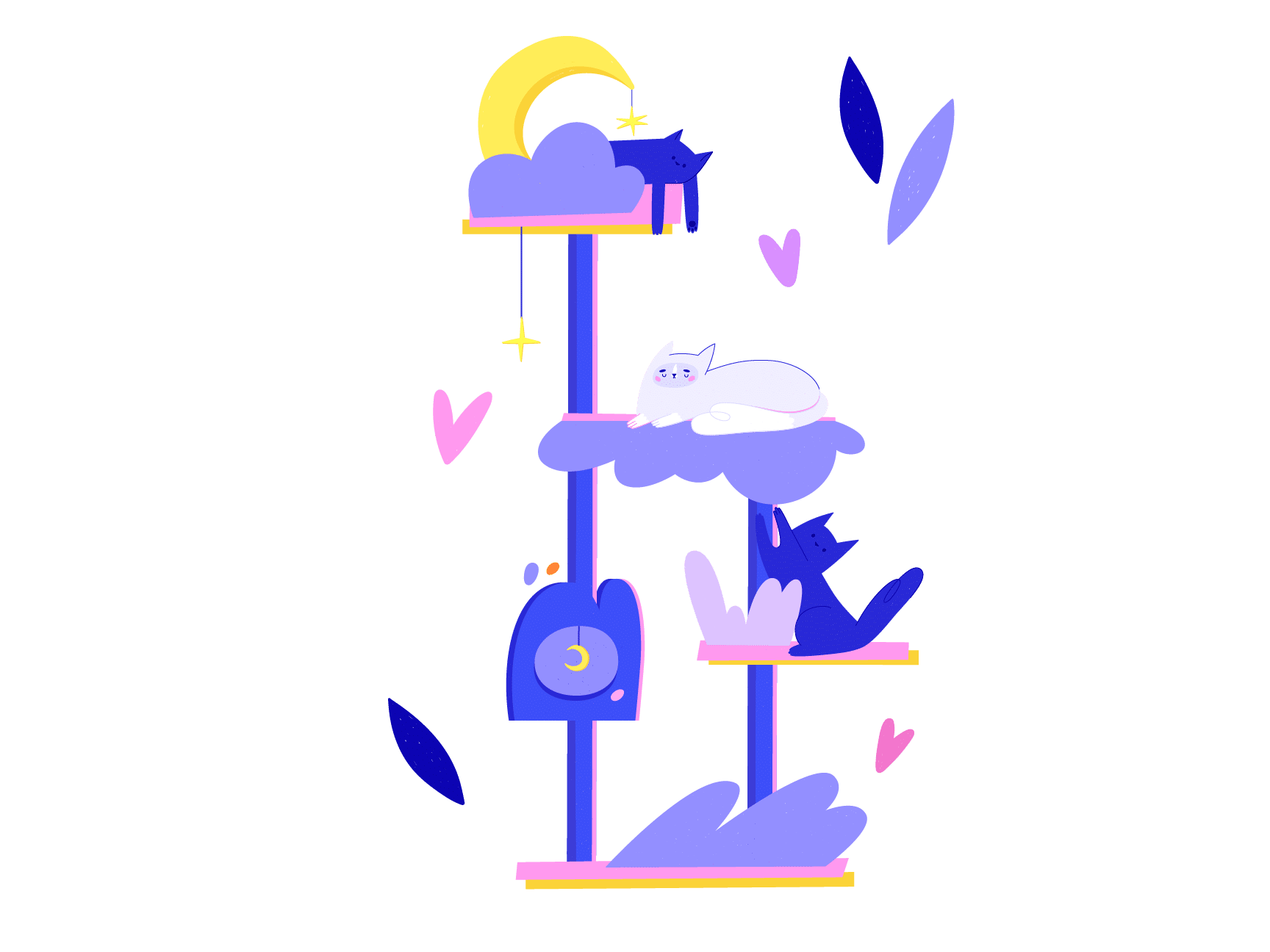 Top 10 AI Influencers to Watch in 2024
Top 10 AI Influencers to Watch in 2024